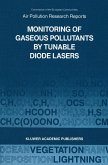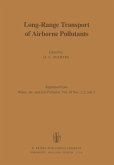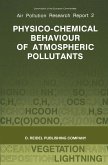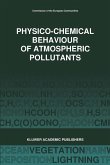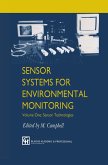By now it has been nearly twenty years since the pioneering studies at the MIT-Lincoln Laboratories, Lexington, USA, demonstrated the unique capabilities of lead salt tunable diode lasers (TDL) for infrared absorption spectroscopy. The progress in the use of TDL instrumentation for a wide variety of scientific applications was described by a great number of papers since, however, comparatively few meetings were specifically devoted to this subject. In 1980 the conference on "High Resolution Infrared Spectroscopy Applications and Developments" at the National Bureau of Standards in Gaithersburg, USA, reviewed the state of the art of tunable diode lasers together with Fourier Transform Spectroscopy and other laser spectroscopic techniques. Three years later in 1983 the SPIE Conference in San Diego, USA, dedicated one meeting to "Tunable Diode Laser Development and Spectroscopy" Applications. It appeared appropriate after a further interval of three years to organize another meeting about this quickly advancing field. In November of 1986 an International Symposium on "Monitoring of Gaseous Pollutants by Tunable Diode Lasers" was organized by and held at the Fraunhofer-Insti tut fuer Physikalische Messtechnik in Freiburg, FRG. The main emphasis of this conference was put on the applications of TDL techniques to the solution of problems of environmental relevance : The measurement of atmospheric trace gases and the monitoring of exhaust gases from automobile and power plant stack emitters. The state of diode laser development and application of TDL instruments to scientific molecular spectroscopy were not directly subjects of the meeting.


